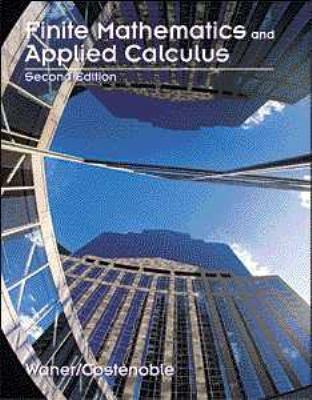Question
In an experiment, 16 babies were asked to watch a climber attempt to ascend a hill. On two occasions, the baby witnesses the climber fail
In an experiment,
16
babies were asked to watch a climber attempt to ascend a hill. On two occasions, the baby witnesses the climber fail to make the climb. Then, the baby witnesses either a helper toy push the climber up the hill, or a hinderer toy preventing the climber from making the ascent. The toys were shown to each baby in a random fashion. A second part of this experiment showed the climber approach the helper toy, which is not a surprising action, and then the climber approached the hinderer toy, which is a surprising action. The amount of time the baby watched the event was recorded. The mean difference in time spent watching the climber approach the hinderer toy versus watching the climber approach the helper toy was 1.28 seconds with a standard deviation of 1.51 seconds. Complete parts a through c.
(a) State the null and alternative hypotheses to determine if babies tend to look at the hinderer toy longer than the helper toy. Let
mu Subscript d
equalsmuhindererminusmuhelper,
where
mu
hinderer
is the population mean time babies spend watching the climber approach the hinderer toy and
mu
helper
is the population mean time babies spend watching the climber approach the helper toy.
(b) Assuming the differences are normally distributed with no outliers, test if the difference in the amount of time the baby will watch the hinderer toy versus the helper toy is greater than 0 at the 0.05 level of significance.
Find the test statistic for this hypothesis test.
____________
(Round to two decimal places as needed.)
Determine the P-value for this hypothesis test.
_____________
(Round to three decimal places as needed.)
State the conclusion for this hypothesis test.
A.
Do not reject Upper H 0. There is not sufficient evidence at the a=0.05 level of significance to conclude that the difference is greater than 0.
B.
Do not reject Upper H 0. There is sufficient evidence at the a=0.05 level of significance to conclude that the difference is greater than 0.
C.
Reject Upper H 0. There is not sufficient evidence at the a=0.05 level of significance to conclude that the difference is greater than 0.
D.
Reject Upper H 0. There is sufficient evidence at the a=0.05 level of significance to conclude that the difference is greater than 0.
(c) What do you think the results of this experiment imply about babies' ability to assess surprising behavior?
A.
There is sufficient evidence that babies have the ability to assess surprising behavior.
B.
The experiment does not imply anything about babies' ability to assess surprising behavior.
C.
There is sufficient evidence that babies do not have the ability to assess surprising behavior.
D.
There is not sufficient evidence that babies do not have the ability to assess surprising behavior.
E.
There is not sufficient evidence that babies have the ability to assess surprising behavior.
Step by Step Solution
There are 3 Steps involved in it
Step: 1

Get Instant Access to Expert-Tailored Solutions
See step-by-step solutions with expert insights and AI powered tools for academic success
Step: 2

Step: 3

Ace Your Homework with AI
Get the answers you need in no time with our AI-driven, step-by-step assistance
Get Started


